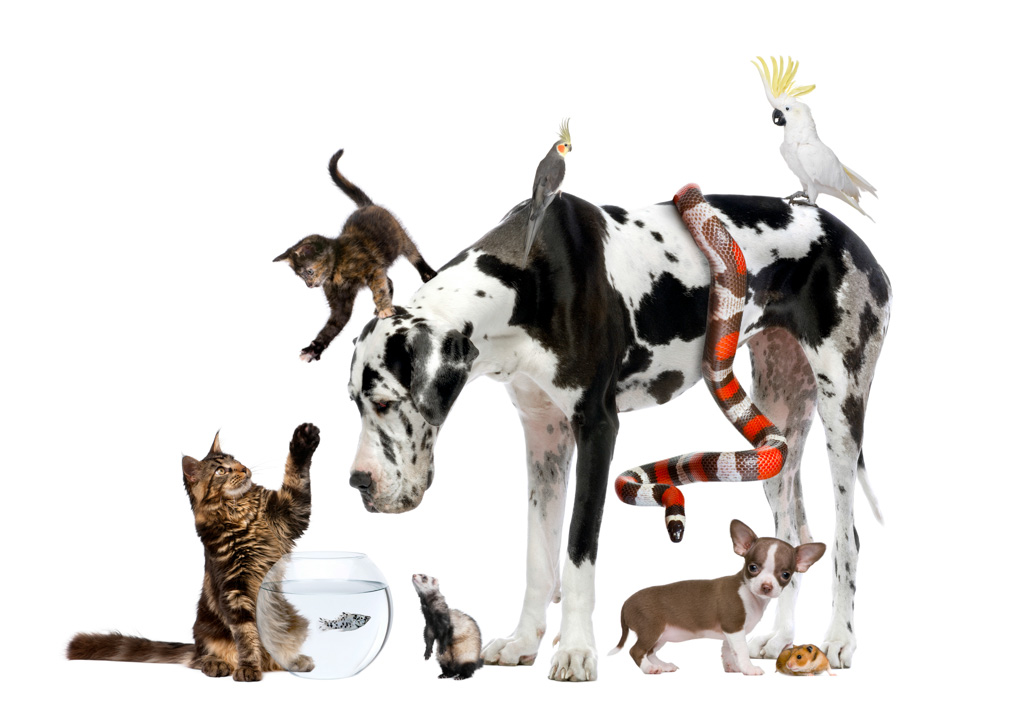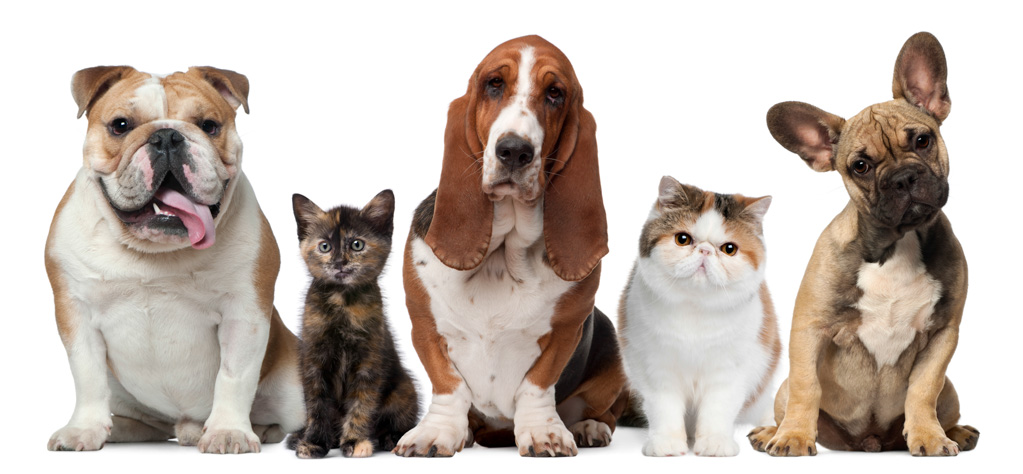Ecommerce retailers in shoes, books, groceries, diapers, electronics, furniture and a host of other categories are taking a bite out of the pocket book of bricks and mortar retailers. Further, the first eCommerce generation is growing up and their comfort with the online consumer experience coupled with their growing purchasing power is driving category growth.
That all being said, the pet industry has not been a central participant in eCommerce revolution. The overarching issue was that 50 pound bags of dog food are not cost effective to ship to consumers. Therefore a dog owner, who had to seek out a premise-based retail concept for his best friend.

In fact, the only pet segment that seems to have benefited from the eCommerce revolution is pet health. The ability to eschew a vet visit in order to get flea and tick and other remedies enabled 1800-Pet-Meds to go public in 2004. A number of start-ups attempted to leap into the void. Most memorably was pets.com, funded in part by Amazon.com, which launched in February 1999. After considerable success the company jumped the shark with its 2000 Superbowl advertisement. The company was out of business by the end of the year. Pet based eCommerce has been rather dormant since then with the pet majors doing just enough to limit the potential for new market entrants – until now.
On July 6. 2011, Amazon.com, through its subsidiary Quidsi, Inc., better known as diapers.com, which was acquired nearly 10 years to the day after the demise of pets.com, launched wag.com, a comprehensive eCommerce portal for all things pet. As an example, wag.com offers 44 brands of dry dog food, ranging from the mainstream to the obscure. The site will have over 10,000 products for dogs, cats and a variety of other small companion animals. Of greatest significance, the site leverages Amazon’s warehouse and distribution capabilities and shipping rates, enabling them to offer free shipping on all orders greater than $49, no exclusions. Notably, the food I give my dogs is cheaper through wag.com after sales tax than through my pet specialty retailer. However, I have no intention of switching.
Wag.com is not alone in petstuffonline.com 2.0, one day after wag.com launched, Lightspeed Ventures announced it had invested $10 million in Petflow, LLC, manager of the petflow.com website. Petflow is in fact the old pets.com. Petflow raised $5 million in 2010 from Westwood Ventures, and is reportedly moving over 500,000 pounds of petfood a month. Further, on June 29, 2011 Pet360, an information and eCommerce site for pets raised $18 million from Updata Partners and LLR Partners. Pet360 operates petfooddirect.com and nationalpetpharmacy.com two of the more established eCommerce players in the pet space.
The winner is this new movement is the consumer, who benefits from more choice and greater access to specialty brands in a high convenience format. The ability to access all your pet needs online without being burdened by unreasonable shipping costs should give the pet majors some heartburn. The opportunity to eschew the poor service of a big box retailer as well as save time and travel expenses is also compelling.
The biggest question is can these sites make money. The vast majority of site traffic, and therefore potential customers, will be driven to these properties through search engine optimization – the buying traffic through Google and friends based on paying for placement of a site when specific key word searches are entered (“pet food delivery”) as an example). As competition increases, so too does the cost of the most attractive key word alternatives. Major eCommerce sites generally run at EBITDA margins of between 3%-6%, leaving little room for real profits (Amazon is the gold standard at long term average of 6%). Notably, CSN Stores, which runs over 200 eCommerce micro-sites (luggage.com, furniture.com, etc.), recently raised $165 million from five equity investors to expand its footprint. It’s margin profile does not approach that of Amazon’s s despite over $350 million in sales. In short search engine and offline marketing will eat up a healthy percentage of these sites’ margin profile.
Then one must consider the fact that price and loyalty competition is surely to ensue as site and online vs. offline formats compete for market share. Ecommerce provides customers the ability to get their product of choice at the lowest cost if they choose. Most sites offer significant concessions to win a customer’s first order, with the hopes of locking them in long term, ideally through an automatic food reordering program. As an example, you literally cannot buy something off petfooddirect.com without being offered some form of discount. As product providers begin to assert themselves with respect to minimum advertised price, which enables product vendors to ensure that no one channel has an advantage over the other, these discounts will take a bite directly out of the sites operating margin.
Finally, the shipping dilemma remains a major hurdle. Surely Amazon has the best logistics infrastructure, but eating the cost on delivery for a 50 pound bag of dog food in a competitive category is not sustainable long term. These vendors must believe that pet food has enough margin to absorb most of this expense, and that over time they will be able to provide consumers with an increasing percentage of their pet purchasing basket, enabling them to operate profitably. I suspect it will work for some, but not all.
(Source: Pet Ecommerce Heats Up – Bryan Jaffee – (bryanjaf.wordpress.com)

U.S. Pet Industry Spending Figures & Future Outlook
The following spending statistics are gathered by APPA from various market reseach sources and are not included in the organization’s bi-annual National Pet Owners Survey.
Total U.S. Pet Industry Expenditures
Year Billion
2013 $55.53 Estimate
2012 $53.33 Actual
2011 $50.96
2010 $48.35
2009 $45.5
2008 $43.2
2007 $41.2
2006 $38.5
2005 $36.3
2004 $34.4
2003 $32.4
2002 $29.5
2001 $28.5
1998 $23
1996 $21
1994 $17
Estimated 2013 Sales within the U.S. Market
For 2013, it estimated that $55.53 billion will be spent on our pets in the U.S.
Estimated Breakdown:
Food $21.26 billion
Supplies/OTC Medicine $13.21 billion
Vet Care $14.21 billion
Live animal purchases $2.31 billion
Pet Services: grooming & boarding $4.54 billion
Actual Sales within the U.S. Market in 2012
In 2012, $53.33 billion was spent on our pets in the U.S.
Breakdown:
Food $20.64 billion
Supplies/OTC Medicine $12.65 billion
Vet Care $13.67 billion
Live animal purchases $2.21 billion
Pet Services: grooming & boarding $4.16 billion
Data sources and notes
- Food total is based on PFI research consultant Davenport Co, BCC, Inc plus Packaged Facts U.S. Pet Market Outlook 2011-2012, and IBISWorld 2012 Pet Food Analysis, Dillon Media February, 2012 trends report and Fountain Agricounsel 2011 – 2012 Situation Analysis Report, BCC 2011 Report on Pet Care Products and Services
- Food category includes treats.
- Supplies based on APPA historical, BCC Research-The Pet Industry, Fountain Agricounsel 2011 – 2012 Situation Analysis, Dillon, Mercanti Group, Pet Product News, Packaged Facts, Dillon Media Pet Industry 2012 Strategic Outlook, IBISWorld Pet Store Analysis 2012.
- Veterinary care includes routine vet care/prescription meds. It does not include surgical veterinary care.
- Veterinary care is based on AVMA, Newsweek, Brakke Consulting, Bain & Co, Fountain Agricounsel 2011-12 Situation Analysis Report, Dillon Media Pet Industry 2012 Strategic Outlook, Packaged Facts Pet Market Outlook 2011-12 and Bayer Veterinary Care Usage Study 2011.
- Live Animal purchases based on APPA, Barron’s Research, Fountain Agricounsel, Franchise Magazine and Euromonitor estimates
- Other Services based on Packaged Facts estimates, LA Times, APPAState of the Industry Report, Newsweek, Dillon Media Trends Report, IBISWorld and Smallbiztrends.com data
- Other Services include grooming, boarding, training, pet sitting, miscellaneous
- Pet insurance figures are included in Veterinary Care









